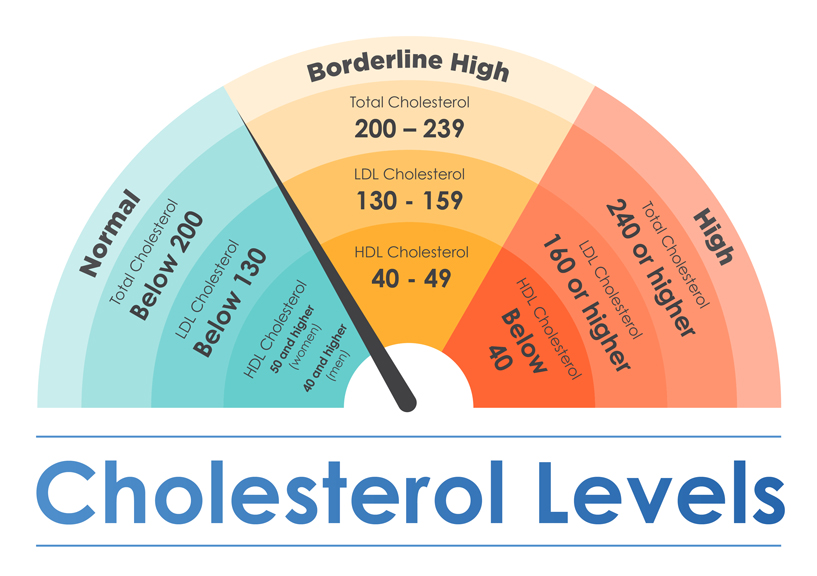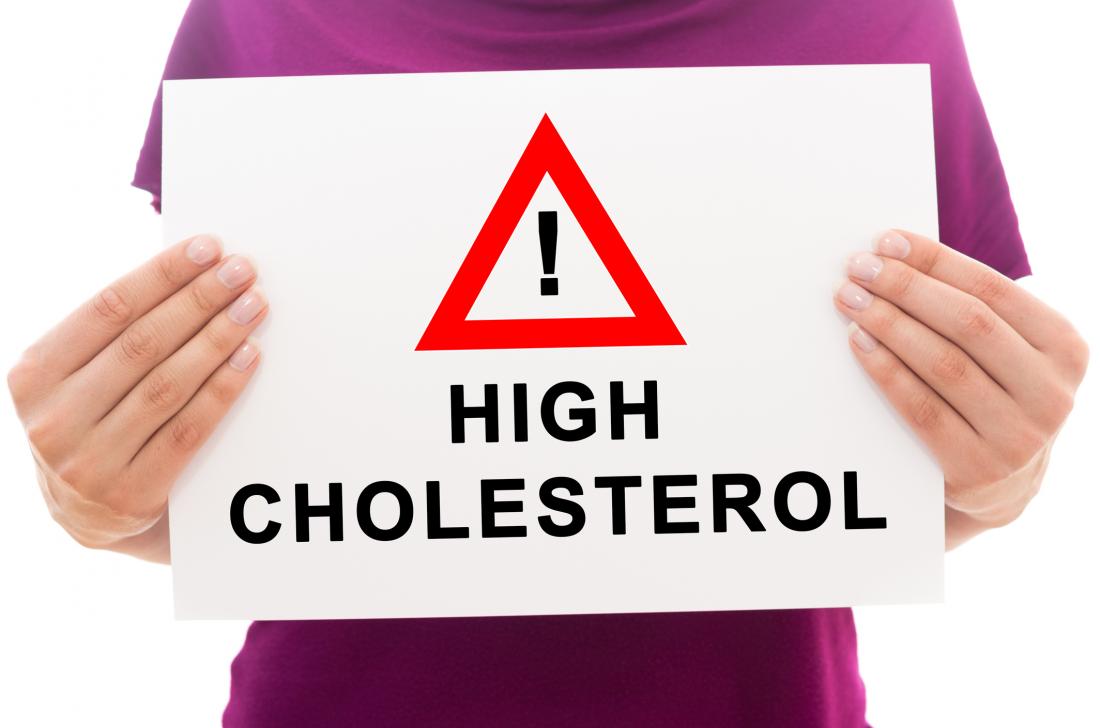‘Good’ and ‘bad’ cholesterol
Cholesterol cannot travel around the body on its own because it does not dissolve in water. Instead, it is carried in your blood by molecules called lipoproteins.
The two main lipoproteins are LDL and HDL
Bad Cholesterol: Low-density lipoprotein (LDL)
This carries cholesterol from your liver to the cells that need it. If there is too much cholesterol for the cells to use, this can cause a harmful build in the artery walls, leading to disease of the arteries restricting the flow of blood to your heart, brain and the rest of your body. It also increases the chance of a blood clot developing.
Good Cholesterol: High-density lipoprotein (HDL)
This carries cholesterol away from the cells and back to the liver, where it is either broken down or passed from the body as a waste product. The amount of cholesterol in the blood (including both LDL and HDL) can be measured with a blood test.
Normal cholesterol level : Blood cholesterol is measured in units called millimoles per litre of blood, often shortened to mmol/L. The government recommends that cholesterol levels should be less than 5mmol/L. In the UK, two out of three adults have a total cholesterol level of 5mmol/L or above. On average, men in England have a cholesterol level of 5.5mmol/L and women have a level of 5.6mmol/L. The UK population has one of the highest average cholesterol concentrations in the world.
There are many risk factors that can increase your chance of having heart problems or stroke if you have high cholesterol.
- an unhealthy diet, obesity, alcohol or smoking (can be changed by altering your lifestyle)
- having diabetes or high blood pressure (can be treated with medication)
- having a family history of stroke or heart disease (cannot be changed)






